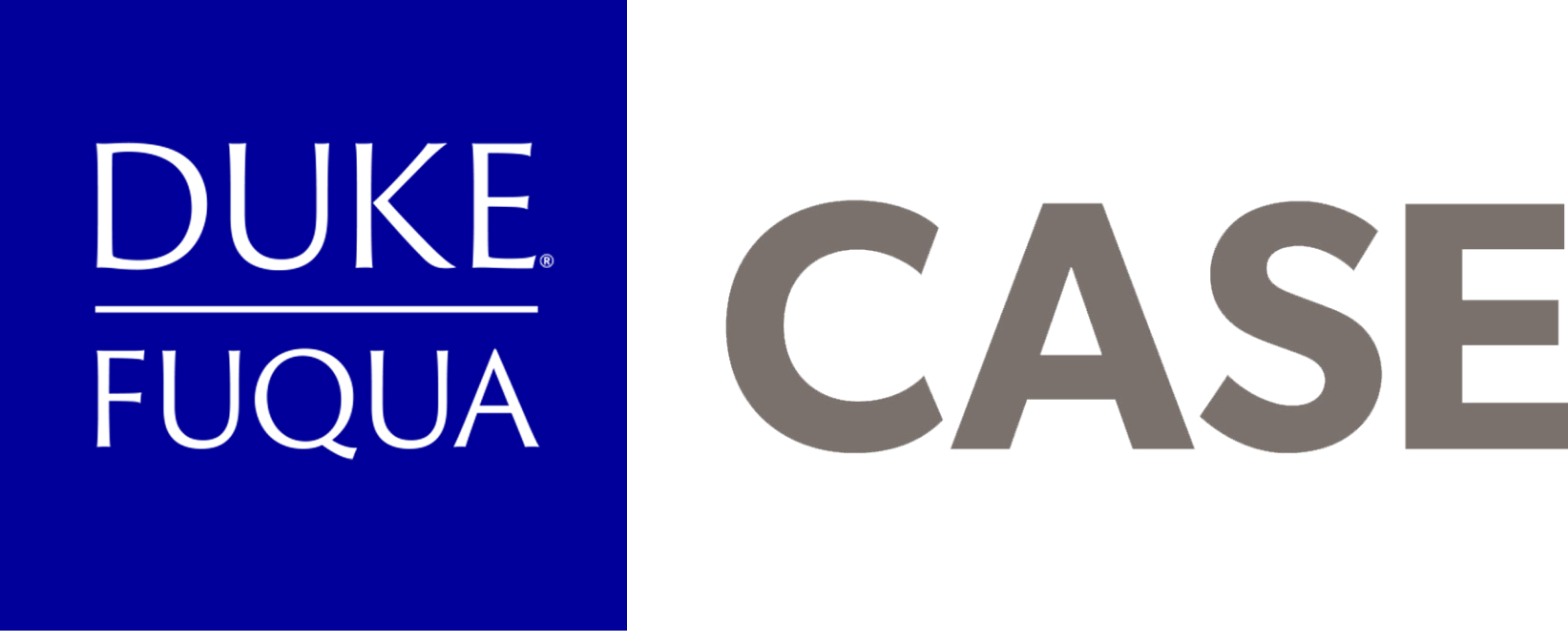July 2015, Cathy Clark, Faculty Director of CASE
Why we are monitoring what happens through impact investing capital announced by the White House in 2014
Today at the White House, the Obama Administration announced private sector and executive action commitments of more than $4 Billion to climate change solutions. The White House is holding a day long Clean Energy Summit, keynoted by Vice President Biden, and available on livestream all day on June 16. It is a major event to have capital pledged toward the environment that many are celebrating. But what happens when the press event is over?
That’s where CASE at Duke comes in. As director of the CASE i3 Initiative on Impact Investing, I served on a national advisory board that developed recommendations for how U.S. policymakers could encourage more impact investing — the practice of investment for societal good as well as financial gain. And our center, CASE at Duke, was engaged by the White House last year to make sure these announcements were more than just good press. We have been tracking the progress of $1.5 billion that was committed to impact investing by 29 organizations in June 2014, and are interviewing and surveying the funds on their money out as investments, their lessons and insights, and their financial and impact performance.
I’m pleased to announce we released our first sector highlights report to coincide with the White House Summit today. It’s a sector report because it focuses just on the money that has been invested in energy and climate change. More than 75% of the White House committers last year indicated they’d be investing in these areas over the next five years. And it’s real money – to date, we know that more than $300 million has been invested in clean energy over the last year.
The investments by this group of American investors in clean energy and climate solutions to benefit the planet are significant. They are also hugely diverse, including investments in water, renewables, energy-efficient housing, sustainable real assets, climate change mitigation and energy efficiency. They are driving investment dollars into both public and private markets, and showing a clear and pioneering example for other impact investors around what good investment opportunities there are in all of these areas.
Our 2015 Sector Highlights Report shows commitments large and small from foundations and investors such as Capricorn Investment Group, The McKnight Foundation and Rockefeller Brothers Fund. A broader report with progress in all sectors will be released later in the year.
I’m really encouraged to see investors from all sectors and all sizes, from foundation endowments to private funds to religious groups to new asset managers, working to drive toward better solutions for energy and climate issues. While for now this is just money going out, a new study from Oxford University showed in public markets, sustainable investing has a lower cost of capital and higher stock prices, and other studies have shown that portfolios managed with environmentally sustainable strategies regularly outperform other portfolios. If that data continues over the next few years, these pioneers may soon be lauded for finding ways to beat the market while making a difference.

